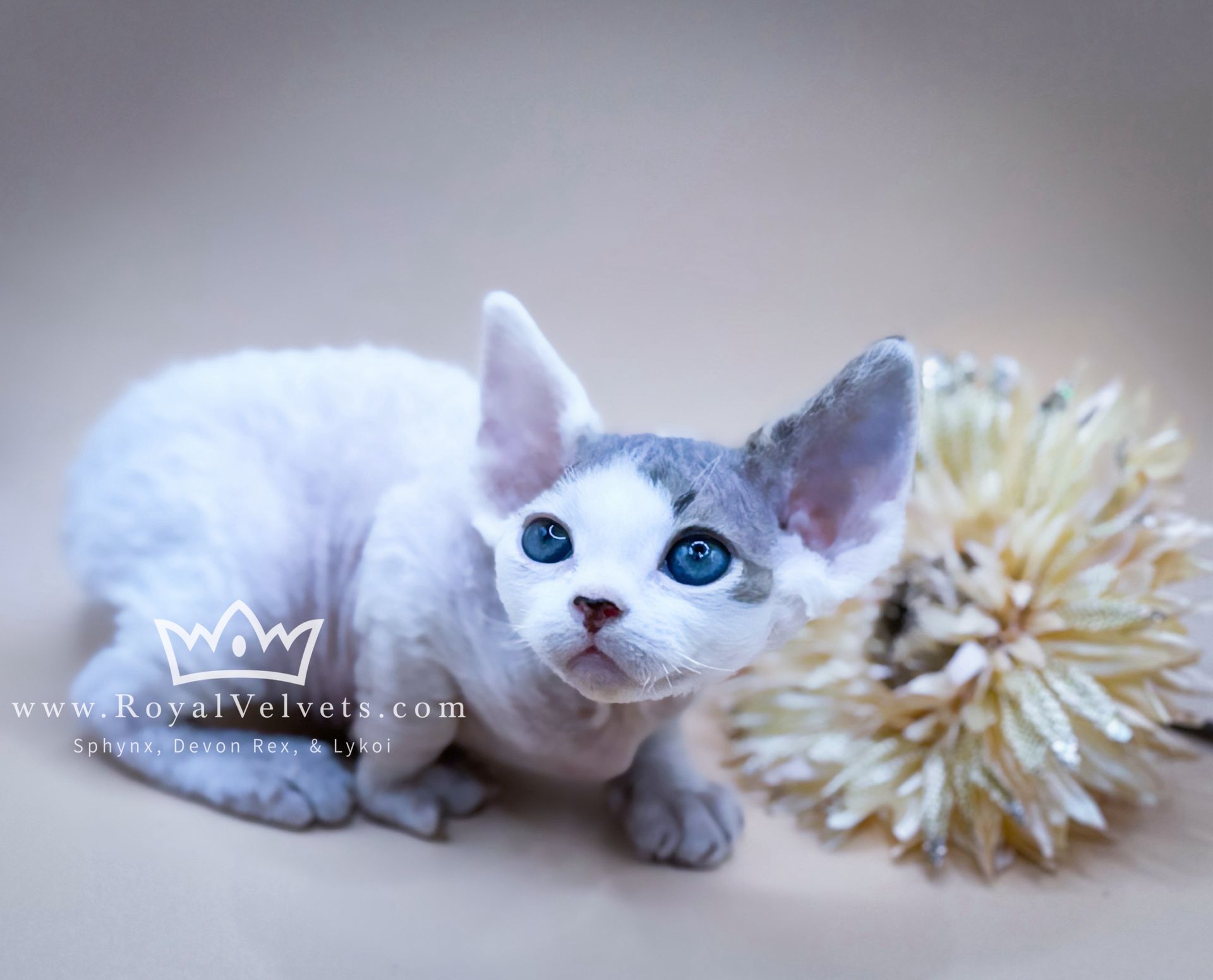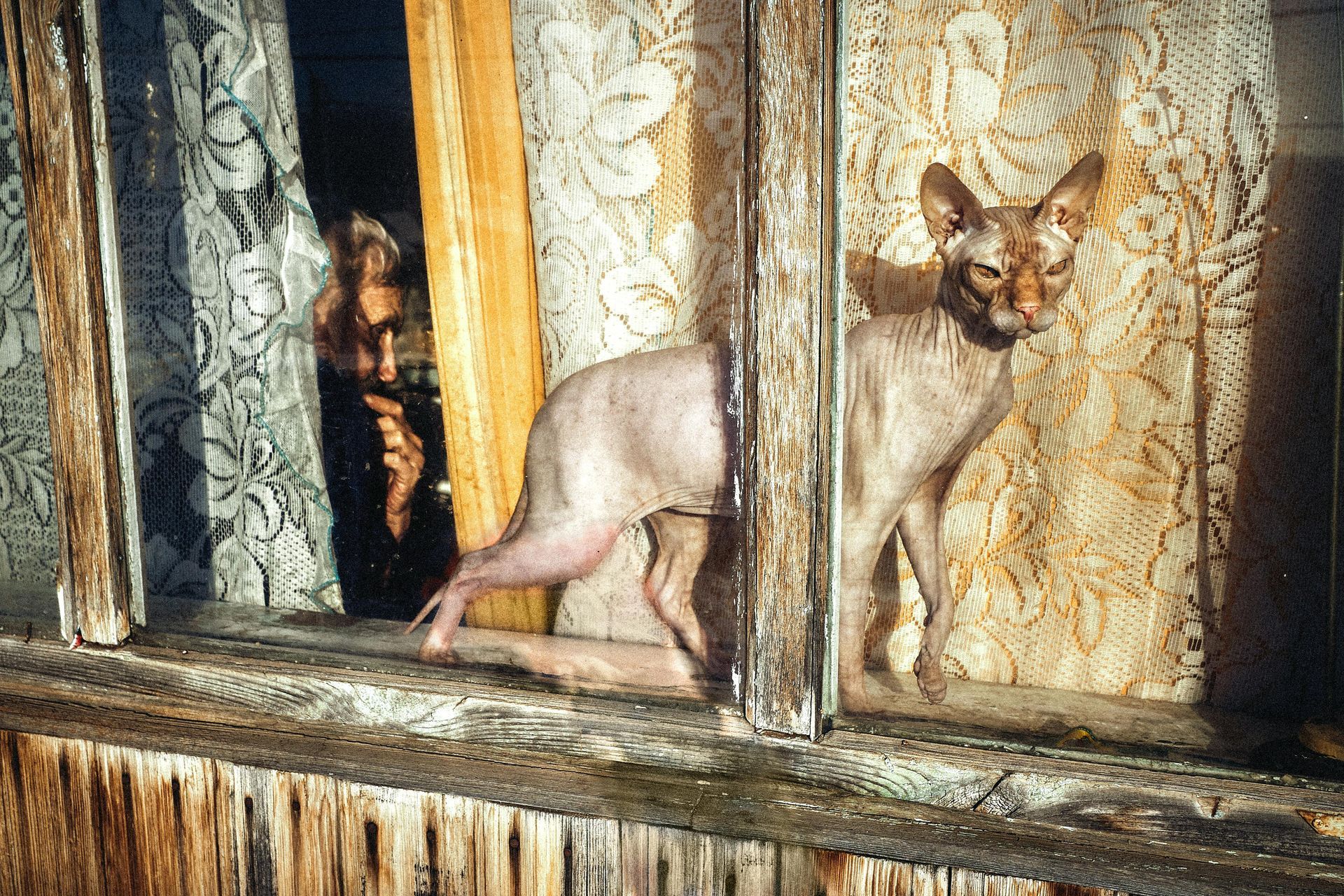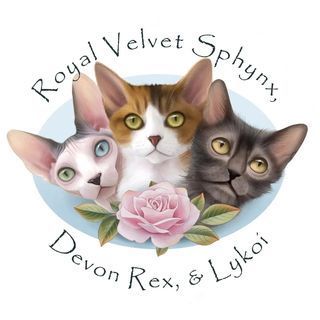Nestled in the scenic embrace of Spring City, TN, our cattery stands as a beacon of hope for allergy sufferers in Nashville, TN and surrounding areas yearning for the companionship of a feline friend. With the majestic mountains as our backdrop, we're not just about breeding cats; we're about creating bonds that thrive in harmony with your lifestyle and health needs. Today, we're diving deep into the heart of cat allergies, unraveling the mysteries of hypoallergenic breeds, and guiding you toward making an informed choice that brings joy, not sneezes, into your life.
Understanding the Whiskers and Whys of Cat Allergies
Before we leap into the world of hypoallergenic cats, let's tackle the basics. What's the deal with cat allergies? It turns out, the culprits are proteins like Fel d 1, lurking in cat dander, saliva, and even urine. These tiny, invisible-to-the-eye particles can send your immune system into overdrive, leading to those all-too-familiar allergy symptoms.
The Hypoallergenic Heroes of Our Cattery
Among the lush landscapes of Nashville, our cattery is home to some of the most enchanting hypoallergenic breeds. Let's meet the stars of the show
1. The Sphynx: A Bare Necessity
The Sphynx, with its captivating hairless appearance and warm, peach-like skin, is often the poster child for hypoallergenic cats. But it's not just their lack of a fur coat that makes them special; it's their reduced production of allergenic proteins. These affectionate "naked" wonders love to cuddle, making them the perfect warm blanket on a chilly Nashville night.
2. The Devon Rex: A Curly Companion
Don't let the soft, wavy locks of the Devon Rex fool you; they're as hypoallergenic as they come. Their coats are not only low-shed but also require minimal grooming, reducing the spread of allergens. Plus, their elfin faces and large, expressive eyes will charm their way into your heart, making every day a magical one.
3. The Lykoi: The Allergen-Friendly Werewolf
The Lykoi, with its unique roan coat and intriguing "werewolf" looks, stands out not just for its appearance but also for its hypoallergenic qualities. These cats shed less and produce fewer allergens, making them a fascinating choice for those looking to add a touch of the mystical to their lives.
Living in Harmony: Tips for Allergy-Free Coexistence
Embracing a hypoallergenic cat is a step in the right direction, but harmonious living doesn't stop there. Here are some pro tips to keep your sneezes at bay
Embrace the Bath: Regular baths can help reduce the allergens on your cat's skin. Just make sure it's a spa experience for both of you!
Keep It Clean: A clean home is your best defense. Air purifiers, frequent vacuuming, and keeping your feline friend's favorite spots clean can make a world of difference.
Zone Defense: Establish cat-free zones, like the bedroom, to give your immune system a break.
FAQs Unfurled
Can someone with severe allergies live with a hypoallergenic cat?
While hypoallergenic cats can be a better fit for allergy sufferers, individual reactions vary. Spending time with a breed before adopting can help gauge your compatibility.
Will a hypoallergenic cat completely eliminate my allergies?
While they significantly reduce allergens, it's not a total cure. But with the right management, your symptoms can be greatly minimized.
How often should I groom my hypoallergenic cat?
It varies by breed, but aiming for a bath every 4-6 weeks and weekly brushings should keep allergens in check.
Can I test my allergy response to different breeds?
Absolutely! Spending time with various breeds can be eye-opening. For a more scientific approach, consult with an allergist.
Are there any special considerations for hypoallergenic cats?
Beyond regular veterinary care, hypoallergenic cats may benefit from a diet that supports skin health and reduces shedding.
Can children with allergies safely interact with hypoallergenic cats?
Yes, but it's important to introduce them slowly and monitor for any allergic reactions.
How can I reduce cat allergens in my home?
In addition to selecting a hypoallergenic breed, use air purifiers, vacuum regularly, and establish pet-free zones to minimize allergens.
Do hypoallergenic cats require special food?
While there's no specific hypoallergenic diet for cats, high-quality, balanced nutrition can support overall health and reduce shedding.
A Purr-fect Match Awaits
Choosing the right cat for your allergy needs doesn't have to be a compromise between your health and the joy of cat ownership. With our guide and the unique breeds available at our Spring City, TN cattery, you're well on your way to finding a hypoallergenic companion that suits your lifestyle and brings endless joy and sneeze-free cuddles. So, why wait? Join our waitlist and let the journey to your purr-fect match begin today! Have questions? Reach out to us!


